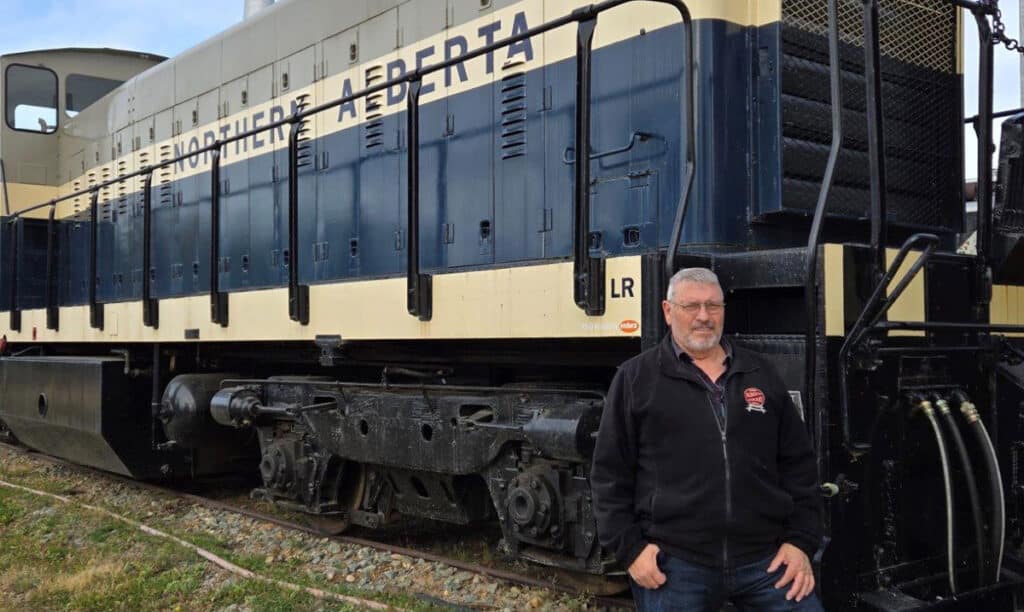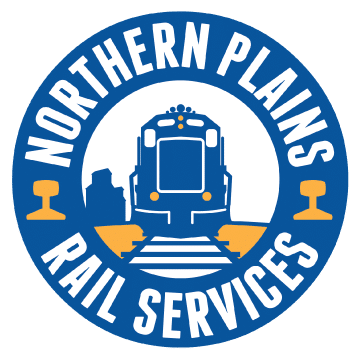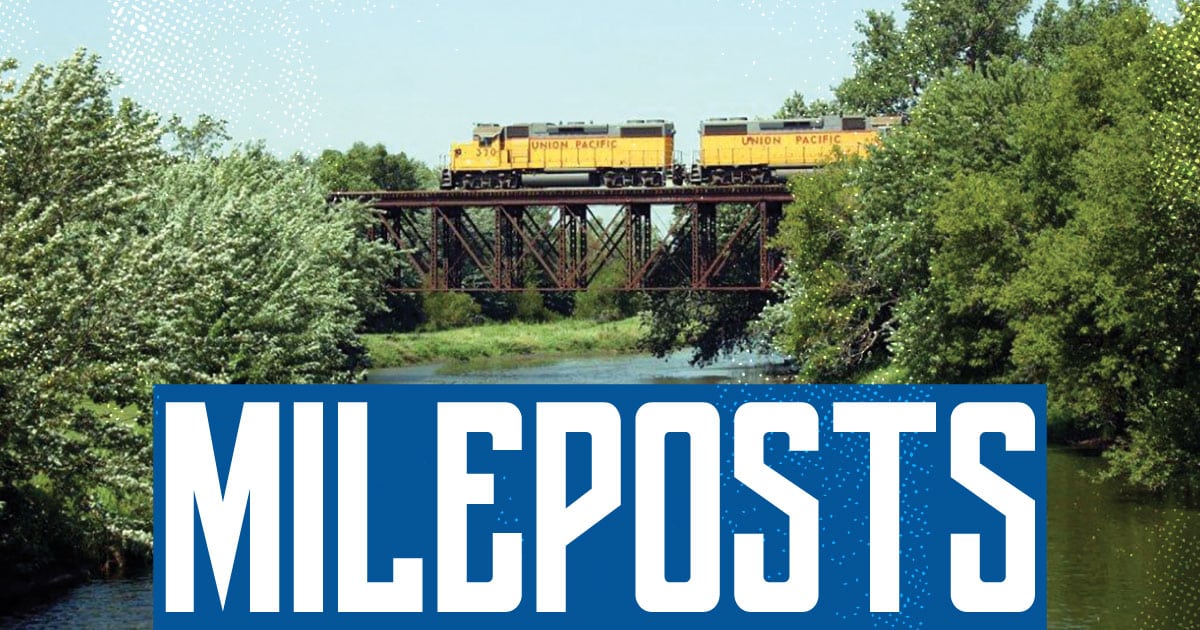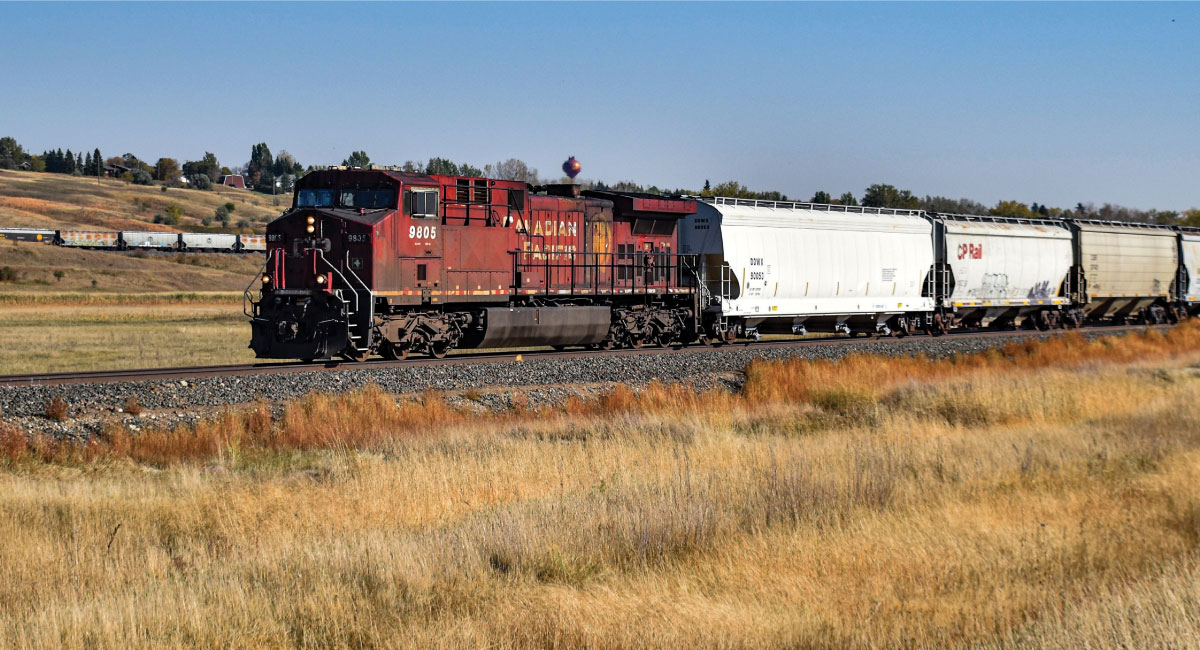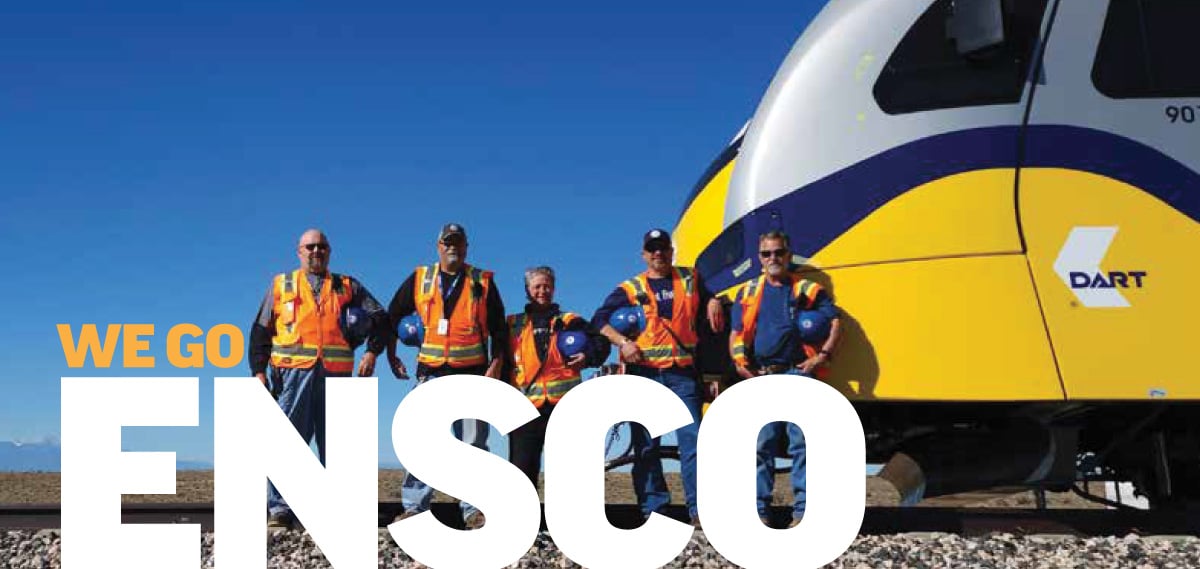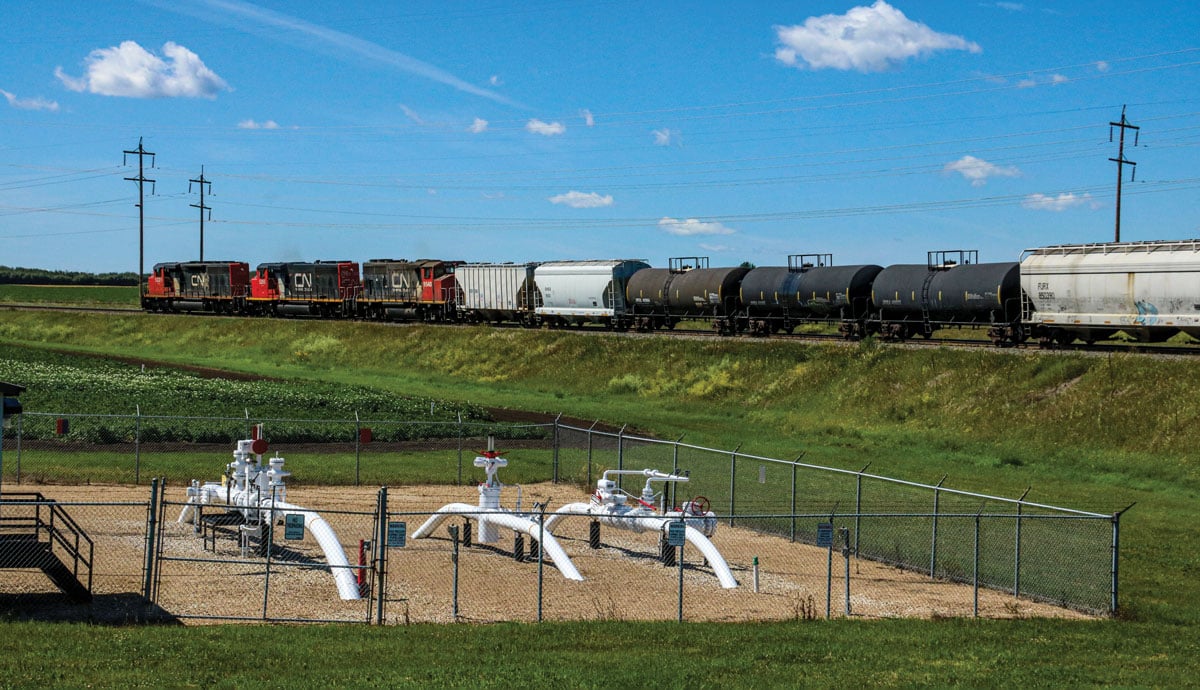
One of the First Industrial Railways
Located 30 miles northeast of Edmonton, within Alberta’s Industrial Heartland, is Nutrien’s Redwater Plant, producing over 950,000 tons per annum of ammonia- and nitrogen-based fertilizer products that remain essential to the agricultural industry.
Taking advantage of the attributes of a local oilfield discovered in 1948, Imperial Oil (a division of today’s Exxon) constructed this plant in 1969, shipping over 110 carloads of nitrogen and (at that time) phosphate fertilizer out each day. A corresponding amount of feedstock products were also shipped in by rail to the facility on a daily basis. “CN operated a rock train inbound, and shipped bagged product in 40-foot boxcars to elevators across western Canada, in addition to fertilizer in covered hoppers,” remembers Terry Wolfe, who worked at the plant for 35 years, beginning in 1979. Starting as a boilerman, operating the equipment that ensured the plant’s production, Terry soon moved over to work in rail operations at the plant, taking overtime shifts switching and operating locomotives.
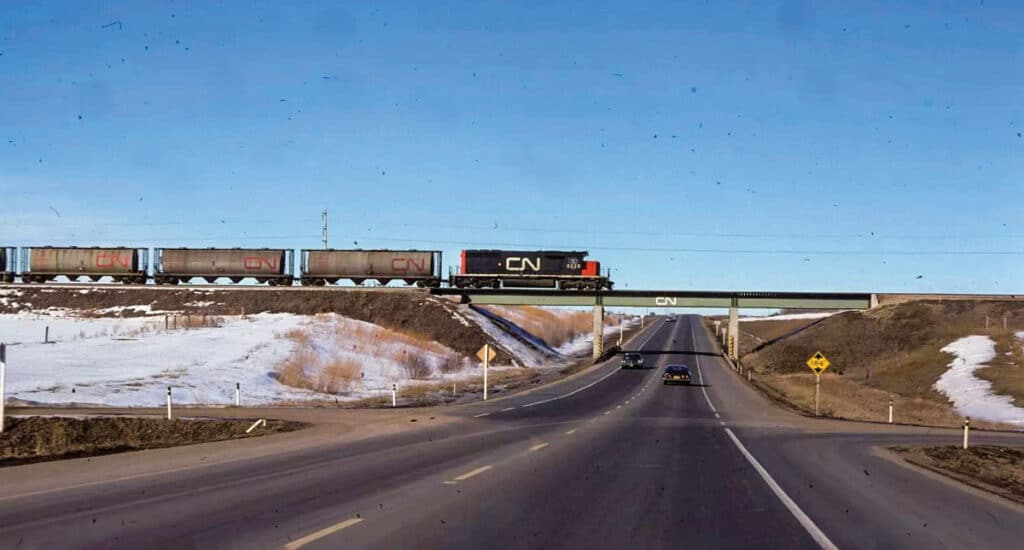
It’s early 1977, and CN SD40-2 5223 leads the “Beamer Rock Train” from Edmonton to the Redwater plant, handling loads of phosphate rock for the manufacturing of fertilizers. Photo by Wayne Brow, Canadian Northern Society collection.
“The rail operations inside the plant gate at the Redwater – otherwise known as the Beamer Plant – were new to these parts. Traditionally CN, as the serving railway, would have performed all of the associated switching. However, moving 200 cars per day around a plant site with multiple spurs was not an efficient use of their crews and time, so we had our own locomotives; one, in fact, named the Beamer Express.” Over time, Imperial Oil built support facilities on site, including a state-of-the-art drop table within a locomotive shop that did the majority of the maintenance work on the three locomotives operating inside of the plant gate, including work on wheels, trucks, and traction motors. Today, under Nutrien’s ownership, industrial rail operations remain critical to the plant’s operation, with Nutrien employees continuing to provide the switching duties to support the production and shipping of fertilizer products.
Terry, now retired from service at the plant, is a local volunteer, and in his “pension” years continues to railroad – as a locomotive engineer for Alberta Prairie Railway at Stettler, on projects for us at Northern Plains, and as an essential volunteer maintaining equipment at the Alberta Railway Museum, where he is officer in charge of a working 1913 Canadian Northern Railway steam locomotive. “I like to keep busy – and as a railroad geek, being able to do what I love is great,” remarked Terry in a recent breakfast visit with the Railroader’s editors.
Ted Jakubiak, Senior Sales and Marketing Representative at Northern Plains, is directly responsible for our current customer relationship with Nutrien. “Nutrien ships over 26 million tons of potash, nitrogen, and phosphate to world markets each year,” said Jakubiak. “With six potash mines in Saskatchewan, and phosphate facilities in the U.S., Nutrien is a significant rail shipper which we are pleased to provide service to.”
The industrial rail switching activities that take place at Nutrien Redwater today are similar to those across north America, where qualified third-party companies provide a key railroad service to shipper clients. NPRS plays a small but regional role in these services as well – leveraging our experience and capabilities in operating short-line railroads, and the dedication of our leadership and employees to being a critical part of our customers’ supply chain.
